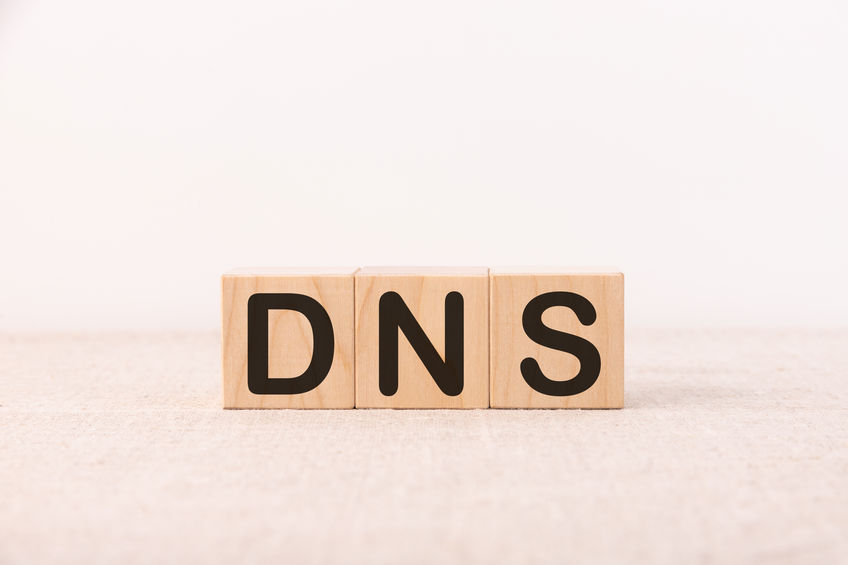The CNAME record is one of the first DNS records that you will read about when you are starting with DNS management. It has a very important task to do, showing the true domain name for the subdomains, making it really an essential DNS record. It saves time and makes it easier to manage the DNS.
CNAME explained completely
There are two parts in the CNAME’s name. C stands for canonical, and it wants to show which is the true domain name for the one that you are trying to resolve. The NAME is obvious. It stands for name, as in hostname.
What is the difference between DNAME record and CNAME record?

